
It happens to the best of us
We’ve all been there. Things we’ve been saying or thinking for years finally, and suddenly, are brought to our attention. Some words don’t actually mean the same thing, even if you’ve heard them used interchangeably.
Maybe you’re talking to a group of work friends when suddenly someone looks at you strangely. Or worse, maybe you’re on a first date and they correct you on the spot. False equivalencies, near-synonyms, and things you’ve been saying wrong this whole time can really come back to bite you.
Whatever the case may be, we know that assumptions about things being the same—which turn out to not be the same—happen when we least expect it. Words can be tricky, but these small, intricate differences are actually important to know.

Poisonous and venomous
“Venomous” applies to animals that bite or sting, injecting toxins. Anything that’s “poisonous” unloads toxins when you eat it, according to the Encyclopedia. So saying a snake is “poisonous” is almost always incorrect as the snake bite is what usually releases toxins. One exception is the garter snake which has a small or harmless bite but is toxic to eat, per the Encyclopedia.
This grammar rule is very literally life or death—but you can probably ignore these other strict grammar rules and live to tell the tale.

Colleges and universities
“University” is an older word generally referring to institutions with both undergraduate and graduate or professional programs, per dictionary.com. Some states in the United States require that a “university” offers graduate degrees in at least three fields. “Colleges” emphasize undergraduate learning and might not have graduate degrees at all, although some still offer both programs. Another common difference between the two is that “colleges” tend to be smaller than “universities.” The biggest difference between the two might be mostly cultural. Over time, “university” became more prestigious than “college” which is why some schools are changing their names. To make things even more confusing, some “universities” have “colleges” within them for different areas of undergraduate study. If your head hurts from thinking about this, prepare to have your mind blown by these 30 things you probably never thought about—until just now.
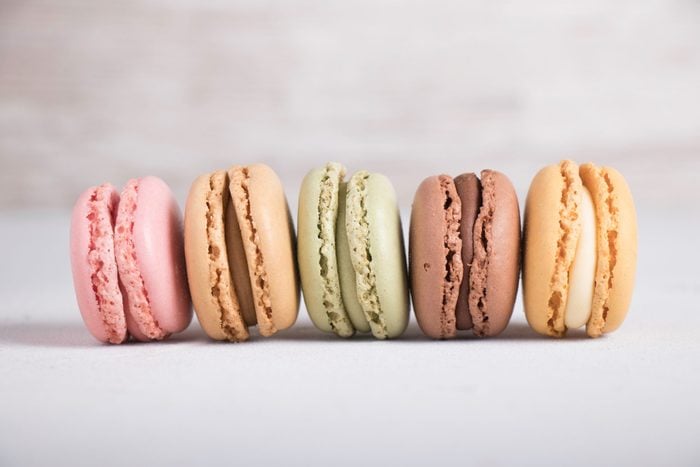
Macaroons and macarons
One letter in spelling these sweet treats is a small difference between two almost completely different desserts. French “macarons” are meringue-based sandwich cookies with either ganache, jam, or buttercream filling. They are notoriously tricky to make, but macaroons aren’t. “Macaroons” have shredded coconut as the main ingredient and only take 30 minutes or less to make, like with this recipe.

Robberies and burglaries
A “robbery” is some person-to-person interaction and theft with, “force, intimidation, or coercion,” according to the Law Office of Nancy King. “Burglary,” however, only requires intent to steal, it doesn’t require actually stealing property or a person interaction. Meanwhile, “theft” simply means you stole without interacting with anyone. If you already knew this inherently, we bet you know this other grammar rule that you didn’t know you knew already.

Climate and weather
“Weather” accounts for the day-to-day temperature, precipitation, and humidity in a specific area, according to the National Snow and Ice Data Center. “Climate,” however, is a long-term average weather trend. So the weather might be 50 degrees, rainy, and humid for New York in April, but the climate might usually be warmer and wetter.
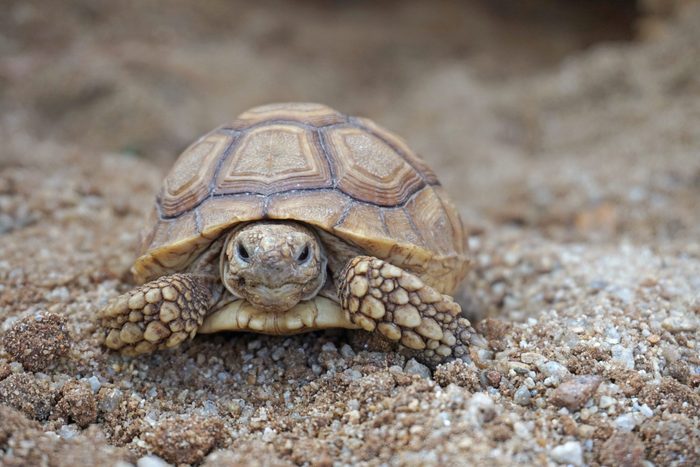
Turtles and tortoises
The Tortoise and the Hare could have another title if Aesop knew other animal distinctions. “Turtle” is an umbrella term for turtles, tortoises, and terrapins, according to National Geographic. “Tortoises” are turtles that strictly live on land and aren’t made for water. Some turtles, however, are aquatic. An easy way to tell the difference between the two is to look at their feet as tortoise feet resemble elephant feet while turtles and specifically sea turtles have webbed feet or true flippers, per NatGeo. This is just one of the interesting animal distinctions you probably don’t remember.
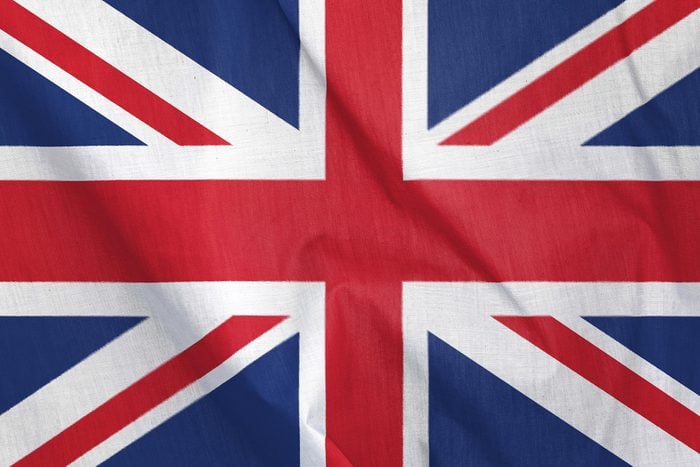
Great Britain and the United Kingdom
Across the pond is either the United Kingdom or Great Britain, depending on who’s talking. Although foreigners might mix up these words, they aren’t interchangeable. According to the Encyclopedia, “Great Britain” is a geographic and political term referring to the island of Britain including Wales, Scotland, England, as well as some other small islands off the coast. The “United Kingdom” is a political term and independent country including all of Great Britain and Northern Ireland. So while Great Britain is part of the United Kingdom, the United Kingdom is not part of Great Britain. And here’s the reason why it’s not just called “Britain.”
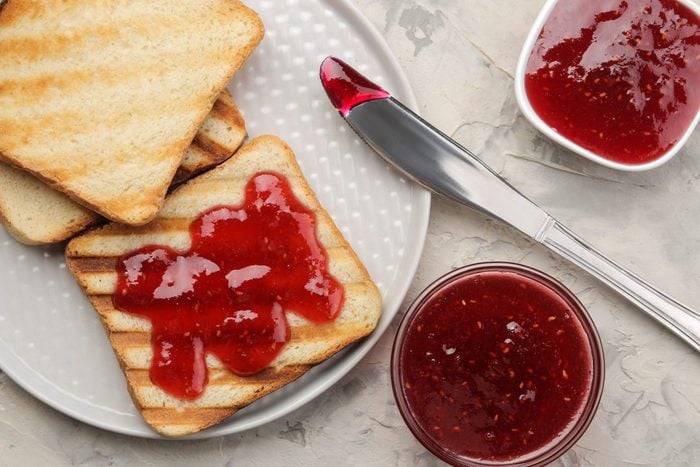
Jam and jelly
Everyone has a favorite jam and or jelly, but the sweet spreads aren’t identical. “Jelly” is from the boiled sweetened fruit juice and pectin, a thickening agent. “Jam” has larger chunks of fruit as part of the fruit juice making jam thicker and often more flavorful. Both jam and jelly are also different from the preserves and marmalade, too.
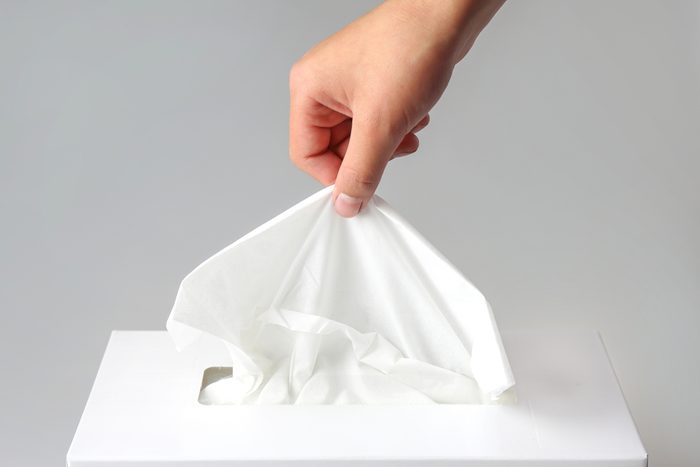
The flu and colds
Colds and cases of the flu have lots of similarities, which is why some people confuse the two terms. They are both respiratory infections from viruses with some lousy symptoms. Some of the cold symptoms are a sore throat, runny nose, and maybe a nasal drip, too. “Flu” symptoms differ since the nose is sometimes congested, there’s almost always fever, and extreme exhaustion. Unlike the flu, however, “colds” and cold symptoms don’t last as long those of the flu and flu symptoms could develop or lead to serious complications. Check out this chart to compare your symptoms and for a cold of the flu.

Streets, roads, and avenues
These terms aren’t just fun ways to change up the language of street names. “Roads” are typically throughways connecting two points, but “streets” are public roads with buildings on both sides, Mental Floss reports. So while “streets” are “roads,” “roads” aren’t “streets.” Then there are “avenues” which run the opposite way of roads, either north-south or east-west, depending on where you live. If you live on a “boulevard” or “lane,” there are also differences for those subsections of streets and roads, too.
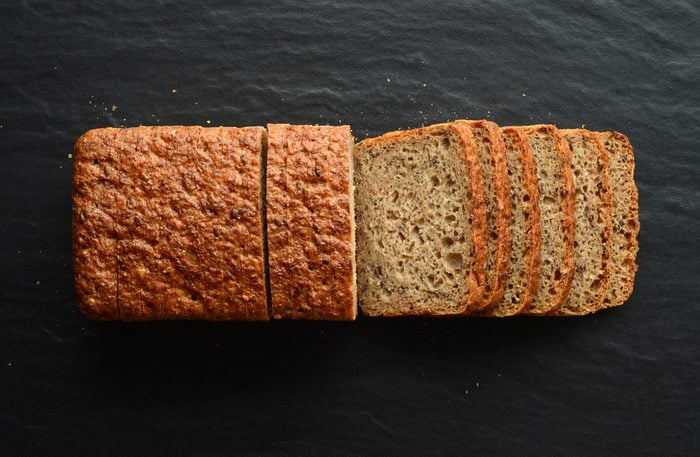
Whole wheat and whole grain foods
Products that are “whole wheat” are also “whole grain,” but not all “whole grain” products are “whole wheat” as wheat is a type of grain. A food is “whole grain” if it uses the entire grain kernel including the outer bran shell and the germ, SELF reports.

Direct and non-stop flights
The important difference between “direct” and “non-stop” flights is that “non-stop” flights go from the first destination to the last. A “direct” flight, on the other hand, is an older term from days when flights made intermediate stops at airports along the path or route of the plane, sometimes for more fuel and sometimes without making passengers leave the plane, according to Travel + Leisure. These “direct” flights are far and few between now-days thanks to more fuel-efficient jets.
That’s a tricky one, but it will make you seem intelligent. So will these little grammar rules to make you sound smarter.

Motels and hotels
There are more differences between “hotels” and “motels” than their first letters. Both types of lodging have the same essential purpose of housing travelers, but plenty sets them apart, too. “Hotels,” a term with French roots, offer lodging, meals, entertainment, and other services to travelers. “Motels” are a more recent American lodging option meant for one or two-night stops for road travelers. That’s why hotels provide more amenities as guests stay longer. Even something as simple as a lobby is a bonus as motels typically offer access to rooms from the parking lot, per USA Today. These are just some of the main differences between motels and hotels.

All-wheel and four-wheel drive
Yes, most cars have four wheels—but that doesn’t mean “four-wheel drive” (4WD) and “all-wheel drive” (AWD) mean the same thing. Vehicles with 4WD are usually trucks or SUVs meant for off-road driving. These wheels work by sending power to all four wheels for traction as necessary. AWD vehicles have power going to all the wheels all the time. Although this still sounds quite similar, the main difference between “AWD” and “4WD” is that the car transitions into AWD without the help of the driver. Of course, there are also subcategories—there’s part-time AWD, full-time AWD, part-time 4WD, and part-time 4WD.
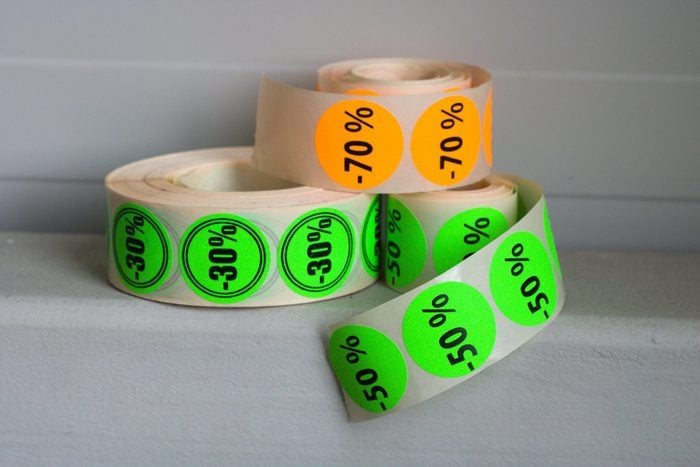
Yard sales and estate sales
Yard sales, garage sales, tag sales, and rummage sales are all pretty much identical. There is, however, a big difference between yard-type sales and an “estate sale.” The homeowner runs a “yard sale,” but outside paid people or companies run an “estate sale,” according to Stacy Sporn, a real estate broker in New York. More advertising is another difference between estate sales and yard sales.

Cement and concrete
Although people use “cement” and “concrete” interchangeably, they are different things. In fact, “cement” is the binding ingredient in “concrete,” according to the Portland Cement Association. Concrete also has air, water, and a mix or combination of “aggregate” including sand, gravel, or crushed stone. The ingredients making up cement, however, include aluminum, iron, calcium, silicon, and other elements.
If this list has you worried, you’ll never believe these words that even the smartest people mispronounce.
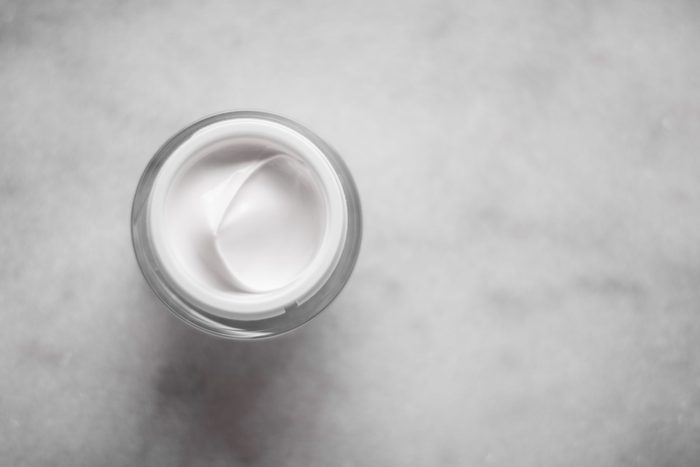
Retinol and retinoids
Skincare and beauty lovers should note that anti-aging ingredients retinol and retinoids aren’t equal. “Retinoids” are a group of vitamin A derivatives, says board-certified dermatologist Edidiong Kaminska, MD, co-founder of Kaminsky Medical and Surgical Consulting Incorporated. These chemicals boost cell turnover, smoothing fine lines and evening skin tone. “Retinol” is a specific kind of retinoid that’s not as powerful as a prescription retinoid. Here are the other differences between retinol and retinoids.
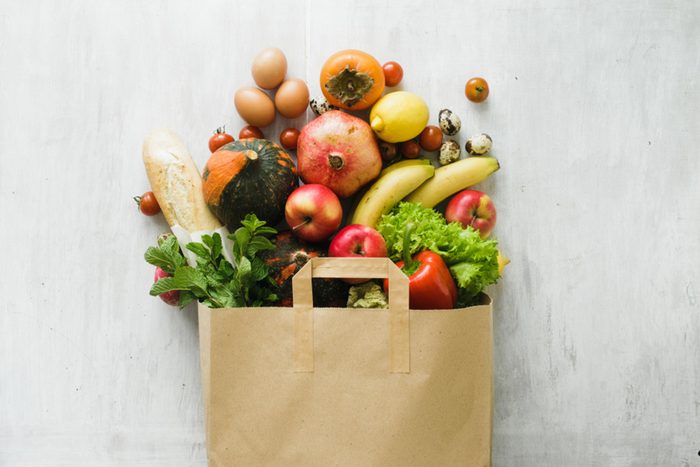
Grocery stores and supermarkets
The products in grocery stores are also in supermarkets, but the opposite isn’t necessarily true. The difference in products and store size are the main reasons “supermarkets” and “grocery stores” aren’t the same thing. “Supermarkets” usually have a wider assortment of products going beyond food, but “grocery stores” stock a handful of household items at most, according to Jenna Coleman, a consumer behavior analyst in the grocery sector and founder of Particular Pantry. These are just some of the other distinctions between grocery stores and supermarkets.
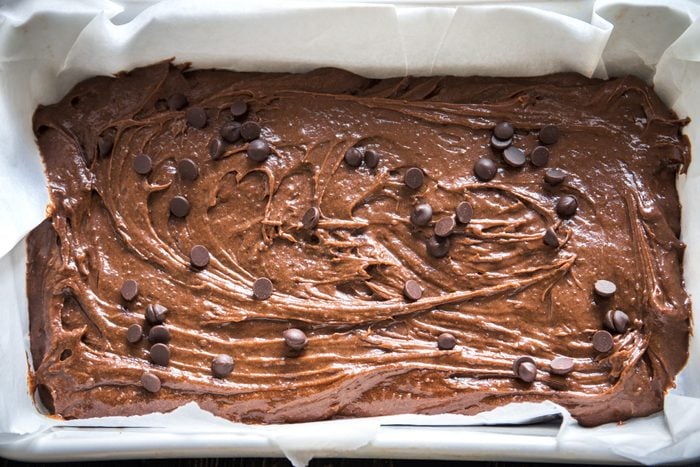
Chocolate cake and devil’s food cake
Although many people won’t discriminate against delicious cakes, it is curious that chocolate and devil’s food cakes are different. Many people think they’re identical, but certain ingredients slightly change the taste and texture of each dessert. The general rule of thumb is that “devil’s food cake” recipes usually include less butter and milk with more cocoa powder than traditional chocolate cake. Regular “chocolate cakes” rely more on butter and might call for other types of chocolate such as melted milk baking chocolates. Now that you know the difference between these two delicious desserts, clear up the difference between 9 more easy-to-confuse food pairs.
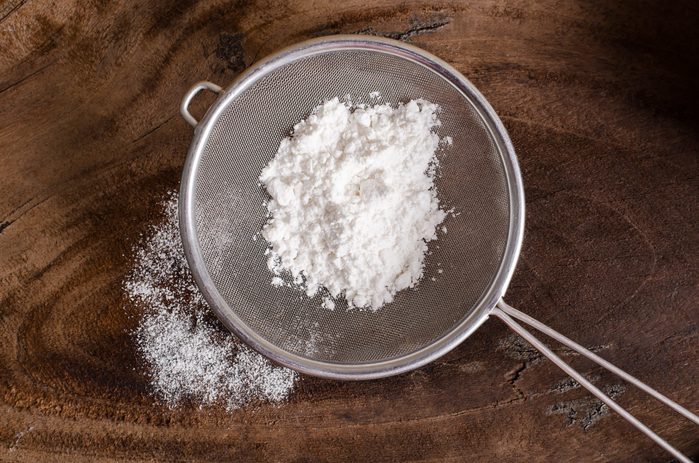
Baking soda and baking powder
A simple slip of the tongue or confusing baking powder and baking soda could make the difference between flat and fluffy baked goods. “Baking soda” is a crystalline weakly alkaline salt. “Baking powder” is a leavening agent usually containing baking soda as one of the base ingredients. So, no, they’re not identical—and neither are these 50 other words you think mean the same thing, but don’t.
